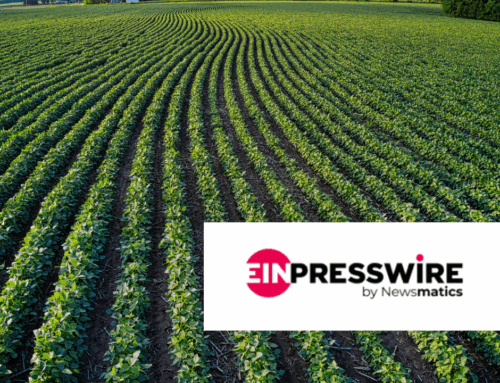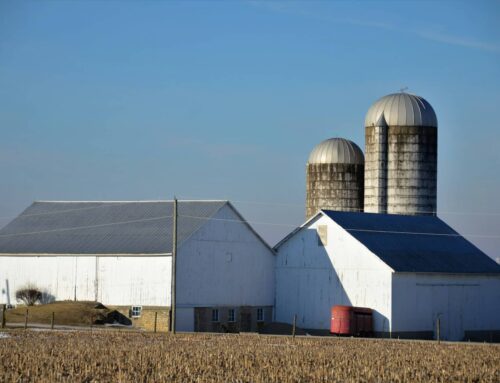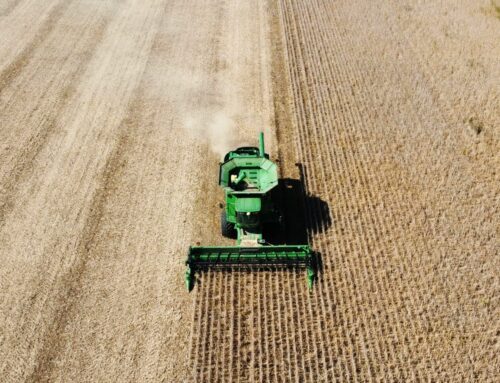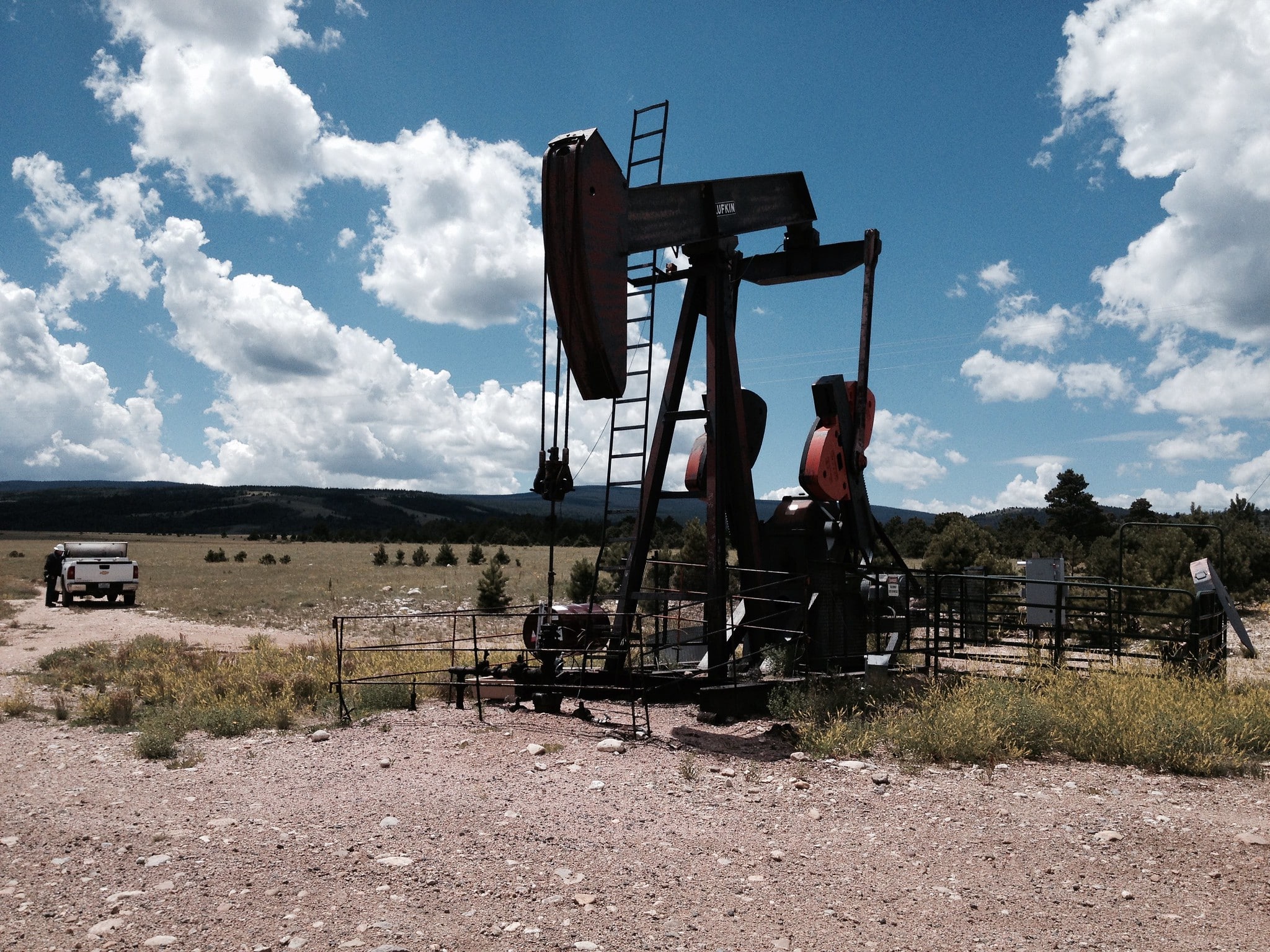While Congress struggles to tackle our $16 trillion debt, the Congressional Budget Office predicts the federal crop insurance program will cost taxpayers at least $90 billion over the next decade. Instead of reforming the program, through recent Farm Bill proposals Congress plans to plow more money into this and other agricultural business income guarantee programs. But without waiting on Congress, the U.S. Department of Agriculture (USDA) could provide leadership and save taxpayers billions by implementing simple administrative changes while retaining farmers’ access to subsidized crop insurance. As an example, in 2010, $6 billion was saved by slightly reining in out-of-control spending on subsidies for crop insurance companies. Simple administrative policy changes could help rein in the spiraling cost of federal crop insurance while limiting the program’s market distortions.
Both Congress and USDA exercise authority over various components of the highly subsidized federal crop insurance program. Congress primarily sets premium subsidy rates and authorizes program outlays. USDA’s Risk Management Agency (RMA) and a government-owned corporation overseen by RMA – the Federal Crop Insurance Corporation (FCIC) – administer program regulations, approve new policy applications, authorize changes to existing policies, and establish premium rates. Since 1998, RMA has also entered into Standard Reinsurance Agreements (SRAs) with private crop insurance companies that sell federal crop insurance to establish subsidy rates for administering insurance policies. Finally, USDA is charged with reducing fraud, waste, and abuse in the program. Over time, USDA’s administration of the program has affected crop insurance enrollment rates and planting decisions.
Administrative Policy Changes Affecting Enrollment
As crop insurance participation rates increased over time, so too have total taxpayer costs, market distortions, and unintended consequences. Participation rates are affected by two primary factors – the level of subsidies available and administrative policy changes that have been implemented over time to make the program more attractive to producers. As the average individual premium subsidy rate doubled from approximately 30 percent in 1980 to 62 percent today, producers responded by enrolling three times as many acres in the federal program. Today, 282 million acres are insured, representing about 80 percent of eligible farm acreage. But higher subsidies are not solely responsible for this jump since generally, new policies are not approved without USDA’s rubber stamp. The types of policy changes highlighted above will be addressed in turn.
Approval of New Policy Applications
The FCIC approves new policy applications, effectively determining which policies graduate from temporary to permanent programs and thus become eligible for unlimited taxpayer subsidies. To avoid government crowding out of existing private market insurance, Congress forbids approval of pilot programs that provide protection already “generally available from private companies.”[1] Pilot programs can be put forward by colleges, universities, or cooperatives, but more often than not, they are offered by private insurance companies or commodity trade associations.[2] The FCIC then determines whether these 3- to 4-year programs should be terminated, extended, or authorized as permanent policies, as long as a third party has been consulted.[3] If approved, the pilot program developers can also receive taxpayer subsidies for research, policy development, and ongoing costs of policy maintenance.
As RMA approved more policies and subsidies became more lucrative over time, crop insurance participation rates increased. Prior to the 1994 Federal Crop Insurance Reform Act, producers relied significantly on ad-hoc disaster aid bills as only about 100 million acres were covered by federal crop insurance.[4] After the bill’s passage, participation rates increased since Congress mandated that producers carry insurance in exchange for farm payments (although this requirement was lifted in 1996). In addition the bill allowed producers free catastrophic coverage for yield losses of 50 percent or greater and subsidized the premium costs for producers who increased coverage beyond the basic catastrophic level.[5] In 1996, these premium subsidies cost taxpayers about $1 billion annually – seven times less than they cost today. RMA also gained substantial influence over enrollment rates in the late 1990s when it began approving revenue-based policies in addition to traditional yield-based offerings. Revenue policies are a more dynamic—and costly—insurance product because they insure against decreases in yield and price. By 1998, over 180 million acres were enrolled.[6] And for the first time, in 2000, acreage in revenue policies surpassed acreage enrolled in yield policies, increasing total costs since guaranteeing business income is far more expensive than simply insuring crops.[7]
Producers can currently choose from about 15 different RMA-approved crop and livestock insurance policies, as long as they are locally available.[8] With various add-ons, endorsements, and other options, producers select from hundreds of taxpayer-subsidized options, without counting private insurance and other risk management options. A growing number of agricultural lobbyists are encouraging RMA to approve even more policies by expanding pilot programs and loosening enrollment requirements. Until 2008, only a few organizations lobbied RMA on crop insurance issues, but this number has grown to at least 14 today.[9] But not all policy applications are granted the green light. The FCIC rejected at least one costly proposal in 2003. Given concern from outside reviewers and RMA officials, the FCIC Board disapproved a “cost of production” policy that would have covered all input costs and guaranteed that cotton, almond, peach, and other producers at least break even each year.[10] This policy would have altered planting decisions by guaranteeing business profits for a handful of crops at taxpayer expense. Unfortunately, lobbyists found an end-around to the administrative and peer-review process by going straight to Congress to get a margin insurance policy introduced into legislation. If passed, taxpayers would be on the hook for guaranteeing even higher levels of farm business income.
Changes and Additions to Existing Policies
Taxpayer costs not only increase as USDA authorizes new policies, but also as new crops and additional acres become eligible for coverage. If a policy is unavailable in a region, producers can request extended coverage through local RMA offices.[11] When considering expansion of existing programs, RMA evaluates economic significance of crops and risk inherent in insuring them.[12] The crop insurance industry estimates that coverage was extended to 50 additional crops since 2000; in total, over 100 crops are now covered by the federal crop insurance program.[13]
USDA also controls how farmers may divide up land for insurance purposes. Producers can choose to enroll land in the following unit(s):[14]
- Optional (most costly to taxpayers): splits irrigated and non-irrigated land into separate plots for insurance purposes; land in different townships can also be insured separately
- Basic: insures producer’s acres in one unit unless the farm is in a crop share lease
- Enterprise: combines “all acres of a single crop within a county in which a policyholder has an interest into a single unit,” regardless of ownership[15]
- Whole farm: insures all of a producer’s crops as one unit regardless of location
As producers enroll more land in optional and basic units, total taxpayer costs skyrocket as the likelihood of indemnity payouts increases. Alternatively, with enterprise or whole farm units, lower indemnities are expected since high yields on one field could cancel low yields on another. USDA also chose to allow separate units for marginal land, so taxpayers pick up not only the direct costs of higher premium subsidies but also the indirect, downstream costs of water pollution, soil erosion, loss of wetlands, and other unintended consequences.
Establishment of Premium Rates
The final administrative, and arguably the most important, authority that USDA exerts over individual policies is setting premium rates, or prices that taxpayers and producers pay to insure crops and livestock. USDA establishes complicated price and yield guarantees for all yield- and revenue-based policies sold by private crop insurance companies. In late 2011, RMA announced a new “methodology to set crop insurance premiums,” intended to lower corn and soybean premiums.[16] This year, RMA plans to extend this discount to wheat, cotton, rice, sorghum, potatoes, and apples.[17] With lower premium costs, farmers may increase coverage levels (trading a policy guaranteeing 65 percent of revenue for one guaranteeing 75 percent, for example) as policies become relatively cheaper, potentially eliminating any overall taxpayer savings.[18] While improvements in actuarial soundness have been addressed over time, some discrepancies and problems with moral hazard and adverse selection still exist.[19]
To set the price guarantee for revenue-based policies, in the spring, RMA locks in the harvest futures price, or the price that farmers expect to receive for their crop several months later. This price multiplied by expected yield equals the revenue guarantee. When the crop is harvested, RMA calculates the “actual” revenue farmers received based on the current crop price at harvest times the expected yield. If the “actual” revenue falls below the spring guarantee, an indemnity is paid. RMA also authorizes various add-ons that allow farm businesses to lock in the greater of the two prices, thus increasing overall indemnity payouts and taxpayer costs.
To set yield guarantees, RMA can alter the way producers’ historic yields are calculated, potentially overestimating expected yields for insurance premium calculations. RMA can “plug” producers’ yield histories with higher values if past records are unavailable. A pilot program in North Dakota would allow new land to be insured based off historic county yields if the field lacked production records.[20] RMA already sets yield floors and restricts producers’ yield guarantees from declining by more than 10 percent annually. Together, these policies increase indemnities and encourage farmers to plant in risky, disaster-prone areas at taxpayer expense.[21]
Reducing Subsidies to Private Crop Insurance Companies
By signing SRAs at least once every five years, USDA negotiates the level of subsidies flowing to crop insurance companies for administrative and operating (A&O) expenses.[22] About seven years ago, USDA attempted to reduce A&O subsidies by $75 million but was met with fierce resistance from Sens. Roberts (R-KS), Grassley (R-IA), and Conrad (D-ND) who called for the RMA Administrator to resign.[23] In the 2010 SRA, subsidies for A&O expenses were limited to $1.3 billion annually, resulting in companies and their profitable insurance agents receiving a $1,140 check for each policy written – about three times the actual cost of administering policies as estimated by the crop insurance industry itself.[24] Companies and agents railed against this slim cut of $600 million per year, wrongly claiming the changes would handicap the industry even though it continues to turn a hefty profit.
In addition, SRAs establish the share of underwriting gains (or losses) retained by either taxpayers or the crop insurance industry. Underwriting gains are the net premium dollars left over after all indemnities are paid while underwriting losses are instead realized when indemnities exceed premiums (usually after widespread drought or flooding).[25] From 2002-2011, private companies experienced an underwriting loss in only one year and benefited from large gains in later years, like a $2.3 billion surplus in 2009 and $1.9 billion surplus in 2010.[26] On average, companies retain about three-fourths of all gains while taxpayers pick up even greater losses in poor growing years. For instance, the floods and drought of 2011 resulted in $500 million of underwriting losses for taxpayers, while insurance companies profited $1.7 billion. From 2005-2007, private companies reaped $6.5 billion from A&O subsidies and underwriting gains, an amount the Government Accountability Office (GAO) labeled “a kind of windfall.”
Reduction of Waste, Fraud, and Abuse
Without an act of Congress, USDA can reduce waste, fraud, and abuse in the crop insurance program. Working alongside the Farm Service Agency (FSA) and private companies, RMA employs data mining, field visits, and satellite imagery to reduce illegitimate payments flowing to farmers, insurance agents, bankers, and others. However, GAO recently recommended that USDA better utilize auditing and other tools to ensure taxpayer funds are spent wisely.[27] For example, GAO found that in selected states, FSA only completed 56 percent of required inspections on-time. GAO recommended that USDA require FSA state officials to monitor farmers with anomalous claims, ensure that insurance companies verify that farmers submit truthful claims before they are paid, direct insurance companies to focus attention on agents and adjusters with a history of anomalous claims, and better utilize data mining.
Effects on Crop Plantings
As RMA made changes to crop insurance policies, producers responded to these incentives by increasing the number of planted acres, altering the types of land converted to production, and switching crop rotations. Because policies and subsidies are tied to planted acreage, studies have found more acres planted to field crops due to increased enrollment in heavily subsidized crop insurance and availability of revenue insurance options.[28],[29] With the choice to split fields into different insurance units, farm businesses can maximize payouts since indemnities are calculated separately.[30] Producers can also pass risk onto taxpayers by enrolling marginal and high-risk land, as opposed to low-risk acreage, in independent units. Some of the highest crop insurance participation rates for major commodity crops are found in states prone to drought and flooding, such as Texas, South Dakota, and North Dakota.[31] RMA has promoted this behavior by approving a new policy that will allow corn, soybean, wheat, and grain sorghum producers to receive even more subsidies for separating high- and low-risk land.[32] Finally, research indicates that producers are more likely to grow certain crops over others and raise livestock over field crops due to the availability of federal crop insurance, again shifting risk onto taxpayers as less diverse crops are planted year after year.[33] These findings demonstrate how policy changes affect planting decisions as producers respond to incentives and attempt to maximize expected income.
Recommendations
Several administrative changes could be implemented to reduce taxpayer costs and limit the unintended consequences of federal crop insurance. As discussed, USDA has authority to deny applications for new risky crop insurance policies and those trying to crowd out the private sector, limit the number of crops eligible for subsidies, and ensure that premium rates are actuarially sound. RMA can also save taxpayer dollars through future SRAs by limiting A&O subsidies and the share of underwriting gains retained by companies. Finally, USDA can implement better transparency measures and combat fraud, waste, and abuse. If these common sense measures are taken, taxpayers will save money while still retaining an adequate safety net for farm businesses.
January 2013
For more information, contact Joshua Sewell, josh
Download this fact sheet: Crop Insurance Administrative Policy Changes
[9] http://www.opensecrets.org/lobby/agencysum.php?id=243HYPERLINK “http://www.opensecrets.org/lobby/agencysum.php?id=243&year=2008″&HYPERLINK “http://www.opensecrets.org/lobby/agencysum.php?id=243&year=2008″year=2008
[26] Please note that years are reported as reinsurance years, which begin in July and end in June. For instance, the 2013 reinsurance year began on July 1, 2012 and will end on June 30, 2013. http://www.farmdocdaily.illinois.edu/2012/08/initial_perspectives_of_crop_i.html










